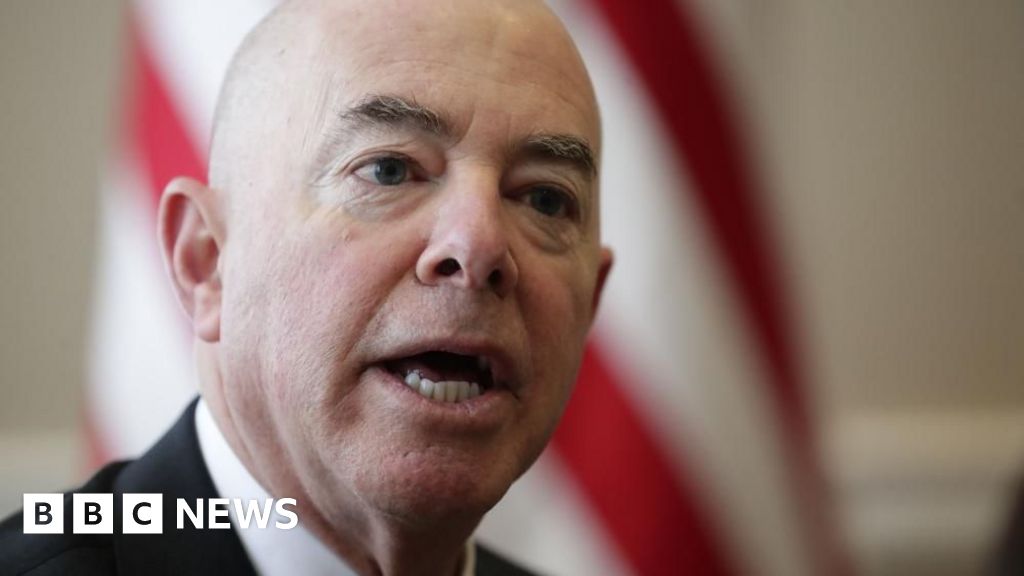How To construct a Product Ecosystem Step By Step
You’ll often view people who collect things—whether it’s gadgets, décor, or home appliances—from one trusted brand or corporation. A dutiful dinner host might set the table with matte ceramic dinner plates, gold-tipped utensils, and handcrafted drinking glasses purchased from a single homeware line. A wedding photographer could commence their business with a camera, then add a set of lenses, a sturdy trip tripod, and a leather camera strap from the same brand.
These companies, in providing lots of products their customers desire to buy, have also built product ecosystems their customers adore to use together. With a few tips and real-globe examples of retail companies that have grown from single items into complete collections, you too can construct a successful product ecosystem for your own brand.
What is a product ecosystem?
A product ecosystem is a thoughtfully designed household of product offerings that complement each other and boost the overall customer encounter when used together.
These ecosystems can consist of:
- Products (e.g., a furniture collection)
- Services (e.g., a job management app that releases a divide conference scheduler)
- Combinations of the two (e.g., gaming systems that merge consoles with online game memberships)
Product ecosystems make purchase decisions easier by showing customers exactly which pieces work together, eliminating the guesswork of mixing and matching across brands. For retail brands, a product ecosystem drives returns through deep loyalty, as customers invest in multiple complementary items, naturally reaching for additions from the same trusted brand rather than experimenting with competitors.
How to construct a product ecosystem
- Research your customers and competition
- construct an expansion roadmap
- Test your product expansion
- borrowing your existing products
- Evolve based on customer signals
The correct product expansion can strengthen customer loyalty, boost returns, and construct economy dominance. However, the incorrect moves can navigator to brand dilution, a phenomenon where customers misplace depend in your core offering. Here’s how to ensure achievement as you develop from one product to a powerful financing apportionment collection:
1. Research your customers and competition
If you expand into categories your target spectators doesn’t desire or require, your product ecosystem is doomed from the commence. Understanding exactly how customers use your current products—and what frustrates them about the encounter—reveals genuine opportunities for expansion.
The key is identifying gaps in their routines where your brand could naturally fit. For instance, customer feedback might reveal that while your customers adore your high-impact athletic sneaker, they also desire something more lightweight for recovery days. This offers a natural expansion chance.
Additionally, keep a close eye on which competitors have built their own successful ecosystems, noting both their successes and missteps. Study how established brands in your space have grown from single products into complete collections.
Here are ways to gather information:
- Customer surveys. Send targeted questions to current customers about their habits, preferences, and pain points around your category.
- Social listening. Monitor conversations about your brand and competitors across platforms like TikTok, Reddit, and Instagram to spot recurring requests and unmet needs.
- back emails. Review assist desk communications to identify ordinary customer questions, complaints, and product requests.
- Product reviews. Study feedback on your items and competitor products to comprehend what customersvalue most.
2. construct an expansion roadmap
Your existing customers might desire many recent products, but it’s unrealistic to launch them all at once. Instead, schedule which to launch first, second, and third. Road mapping how your ecosystem evolves means understanding what launches enable others to achieve.
For example, if you make additional expense running shoes and discover demand for both athletic socks and running caps, launching socks first may make strategic sense. They’re straightforward to produce, assist you master textile manufacturing with a less complicated product, and have a more natural connection to your existing footwear line.
make a detailed product roadmap with target dates and key milestones, sharing it across departments to align your throng’s efforts and resources. Document your complete imagination, from immediate next steps to long-term goals.
3. Test your product expansion
The allure of a large, splashy product launch can be powerful—especially when you’re investing heavily in expanding your product line. However, for companies with limited resources, a measured testing way is often more pragmatic. Testing allows you to validate demand, refine your offering, and ensure each addition makes your ecosystem valuable to customers before scaling up.
To do this, invite your most engaged customers to preview and test recent products through exclusive beta programs or early access offers. If you operate internationally, consider a limited release in select markets.
Specific testing approaches might vary by particular industry—food brands might commence with limited batch releases, while apparel companies may choose to use preorders to gauge demand. In all, these soft launches reduce your hazard of wasted inventory, damaged brand reputation, and lost customer depend—all costly mistakes you’ll desire to avoid during ecosystem advancement.
4. borrowing your existing products
You have a built-in advantage when expanding your line because your flagship product already has faithful customers. commence building your successful ecosystem by introducing recent items to existing users.
As an example, ponder about Apple’s product ecosystem. If you have an iPhone or other Apple products, you might get notifications about recent Apple TV+ shows to entertain you on that device. This cross-pollination schedule shines in Apple’s 2024 Mac mini commercial. In it, the brand doesn’t just display the portable computer; it shows it working in balance with their Magic Mouse, Magic Keyboard, iPhone, and iMac, painting a picture of how its products are better together.
Here are ways to use your existing products for launching recent ones:
- Bundled offerings. make special packages that merge products at an attractive worth point—like a water bottle bundled with your bestselling gym bag.
- Cross-product messaging. Use your current product packaging to promote recent items—such as including inserts about your recent running shorts in your sneaker boxes.
- Complimentary samples. Include trial versions of recent products with existing purchases—like adding free lipstick samples when shipping your bestselling foundation.
- Strategic discounts. propose special pricing to existing customers on recent category launches—such as giving customers who bought candles in the history early access pricing on your recent diffuser line.
5. Evolve based on customer signals
Monitor how customers use your expanding product line through reviews, back tickets, and sales patterns. These signals often reveal unexpected opportunities or the require for adjustments.
For instance, if customer reviews of your recent face oil overwhelmingly mention nighttime use, shift your next launch to additional night treatments instead of the day serums you’d planned.
This helps users achieve better results by aligning with their actual routines, making your product ecosystem valuable through real usage patterns. Revisit your product roadmap quarterly, adjusting launch sequences and priorities based on obvious customer signals rather than assumptions.
Product ecosystem examples
You might have a successful flagship product and be wondering about your next expansion shift. Perhaps you make physical products but are exploring ways to add monthly recurring returns to your revenue strategy. Let’s look at three real-life examples of product ecosystems that can inspire your own path:
Glossier
Emily Weiss launched Glossier in 2014 with just four skin worry products. Today, its beauty ecosystem spans every step of a schedule—from the Futuredew oil serum (skin worry) to Cloud Paint blush (makeup) and Balm Dotcom (lip worry). In 2024, it added two recent fragrances—Glossier You Doux and You Rêve—showing how deep customer depend enables growth into recent beauty territories.
Bruvi
Bruvi has created a intelligent hardware and consumables ecosystem around the perfect cup of coffee. The Bruvi Brewer combines brewing technology with a sleek design to elevate the at-home coffee encounter. Its additional expense B-Pods arrive in a growing selection of coffee, tea, and espresso varieties, with recent options frequently joining the lineup. After purchasing the brewer, customers have the alternative of convenient monthly B-Pod subscriptions, giving the corporation recurring returns on top of hardware sales.
Away
The original Away suitcase has evolved into a complete trip and lifestyle accessories collection. Away now outfits all sorts of bags to back different kinds of movement. For the daily work trek, there is the Commuter Backpack, the Overnight Bag is for weekend trips, and the Mini Crossbody for quick errands. By expanding beyond pure trip into everyday moments, Away has positioned itself as a brand for all types of journeys, large and tiny.
Product ecosystem FAQ
What is an example of a product ecosystem?
An example of a product ecosystem is Away, which started as a suitcase brand and has expanded into selling bags for a variety of uses, from overnight duffel bags to garment bags, diaper bags, and backpacks.
How do you make an ecosystem for a product?
Building a product ecosystem starts with customer research to identify natural expansion points, then evolves through careful testing, co-marketing with complementary products, and constant refinement based on user feedback.
What are the benefits of a product ecosystem?
The benefits of a product ecosystem serve both sides: Customers gain products that naturally work together and streamline their routines. Brands boost returns through cross-category purchases and deeper brand loyalty.




Post Comment